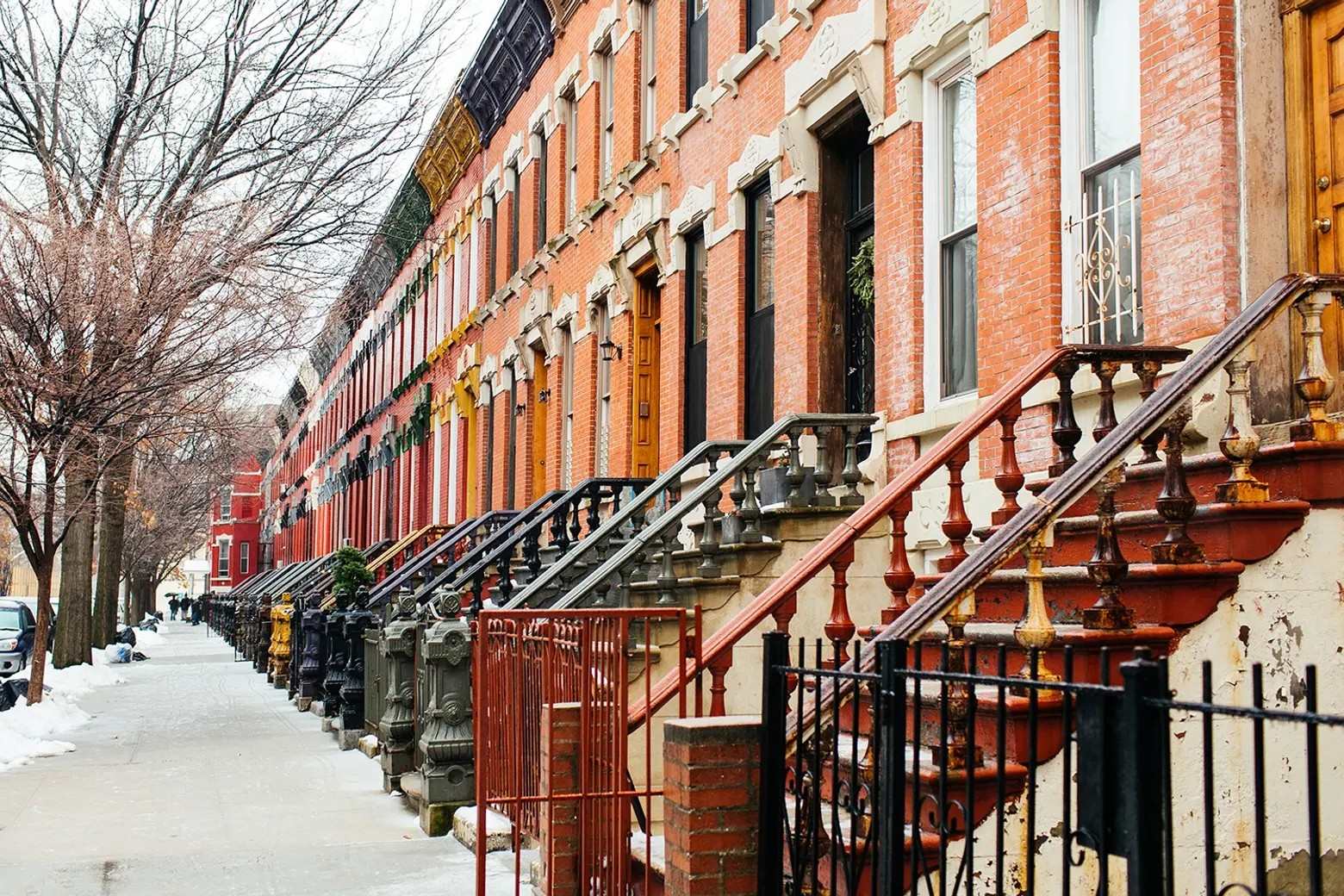Lost Utopian Communities Of New York’s Burned-Over District

Have you ever wondered about the lost utopian communities of New York's Burned-Over District? This area, rich in history, saw many groups trying to create perfect societies during the 19th century. These communities aimed to build a better world through unique social, religious, and economic experiments. Some focused on communal living, while others emphasized spiritual enlightenment. Although most of these utopias didn't last, their stories offer fascinating glimpses into human ambition and creativity. From the Oneida Community's complex marriage system to the Shakers' celibate lifestyle, each group had its own vision of an ideal society. Let's dive into the intriguing past of these forgotten utopias.
The Burned-Over District: A Hotbed of Utopian Dreams
New York's Burned-Over District, a term coined in the 19th century, refers to the western and central regions of the state. This area became a fertile ground for religious revivals, social experiments, and utopian communities. Let's explore some of the most fascinating lost utopian communities that once thrived here.
1. The Oneida Community
Founded in 1848 by John Humphrey Noyes, the Oneida Community was based on the principles of communal living and complex marriage. Members shared everything, including spouses, in an effort to create a perfect society. They believed in mutual criticism to improve individual character. The community eventually dissolved in 1881, but its legacy lives on through Oneida Limited, a successful silverware company.
2. The Shakers of Watervliet
The Shakers, officially known as the United Society of Believers in Christ's Second Appearing, established a community in Watervliet in 1776. Known for their celibate lifestyle and communal living, they focused on simplicity, hard work, and craftsmanship. Their innovative furniture designs and inventions left a lasting impact. Although the Watervliet community no longer exists, the Shaker legacy endures through their contributions to design and agriculture.
3. The Fourierist Phalanxes
Inspired by the ideas of French philosopher Charles Fourier, several Fourierist Phalanxes emerged in the Burned-Over District during the 1840s. These communities aimed to create self-sufficient, cooperative societies. The most notable was the Sodus Bay Phalanx, founded in 1844. Despite initial enthusiasm, internal conflicts and financial difficulties led to their decline by the early 1850s.
4. The Skaneateles Community
Founded in 1843 by John Collins, the Skaneateles Community was a short-lived but ambitious experiment in communal living. Members practiced collective ownership of property and emphasized education, equality, and social reform. The community dissolved in 1846 due to financial troubles and internal disagreements, but it remains a fascinating example of 19th-century utopian aspirations.
5. The Hopedale Community
Established in 1842 by Adin Ballou, the Hopedale Community in Milford, New York, sought to create a society based on Christian non-resistance, temperance, and abolitionism. Members lived communally and shared resources. Although the community disbanded in 1856, its principles influenced later social reform movements and left a lasting legacy in the region.
6. The Brook Farm Experiment
Brook Farm, founded in 1841 by George Ripley, was an experiment in transcendentalist communal living. Located in West Roxbury, Massachusetts, it attracted prominent intellectuals like Nathaniel Hawthorne and Ralph Waldo Emerson. Although not in New York, its influence reached the Burned-Over District. The community aimed to balance labor and leisure, but financial difficulties and a devastating fire in 1846 led to its demise.
7. The Amana Colonies
The Amana Colonies, established by German Pietists in 1855, were a group of seven villages in Iowa. While not in New York, their communal lifestyle and religious devotion mirrored the utopian experiments of the Burned-Over District. Members shared property, worked collectively, and practiced a simple, self-sufficient way of life. The colonies transitioned to a more individualistic society in the 1930s, but their heritage remains a testament to their communal ideals.
8. The Zoar Community
Founded in 1817 by German Separatists in Ohio, the Zoar Community shared many similarities with the utopian experiments of the Burned-Over District. Members practiced communal living, shared resources, and emphasized simplicity and hard work. The community thrived for several decades before dissolving in 1898. Zoar's legacy endures through its well-preserved historic village, which offers a glimpse into 19th-century communal life.
9. The Harmony Society
The Harmony Society, established by German immigrants in 1805, sought to create a utopian society based on Christian principles. They founded three communities, including one in Pennsylvania, that emphasized communal living, celibacy, and economic self-sufficiency. Although not in New York, their ideals resonated with the utopian experiments of the Burned-Over District. The society eventually dissolved in 1905, but their influence on communal living persists.
10. The Icarians
The Icarians, followers of French utopian socialist Étienne Cabet, established several communities in the United States during the 19th century. Their most notable settlement was in Nauvoo, Illinois, founded in 1849. Although not in New York, their communal ideals and emphasis on equality and cooperation paralleled the utopian experiments of the Burned-Over District. The Icarian communities eventually dissolved, but their vision of a just society continues to inspire.
Lessons from Lost Utopias
The Burned-Over District in New York holds a unique place in history. These utopian communities aimed to create perfect societies but often faced challenges that led to their decline. From the Oneida Community's complex marriage system to the Shakers' celibate lifestyle, each group had distinct beliefs and practices. Despite their eventual failures, these communities left a lasting impact on social and religious thought.
Understanding these lost utopias helps us appreciate the complexities of human ambition and the quest for a better world. They remind us that while perfection may be unattainable, the pursuit of it can lead to meaningful social change. The stories of these communities serve as a testament to human creativity, resilience, and the enduring hope for a better future.

